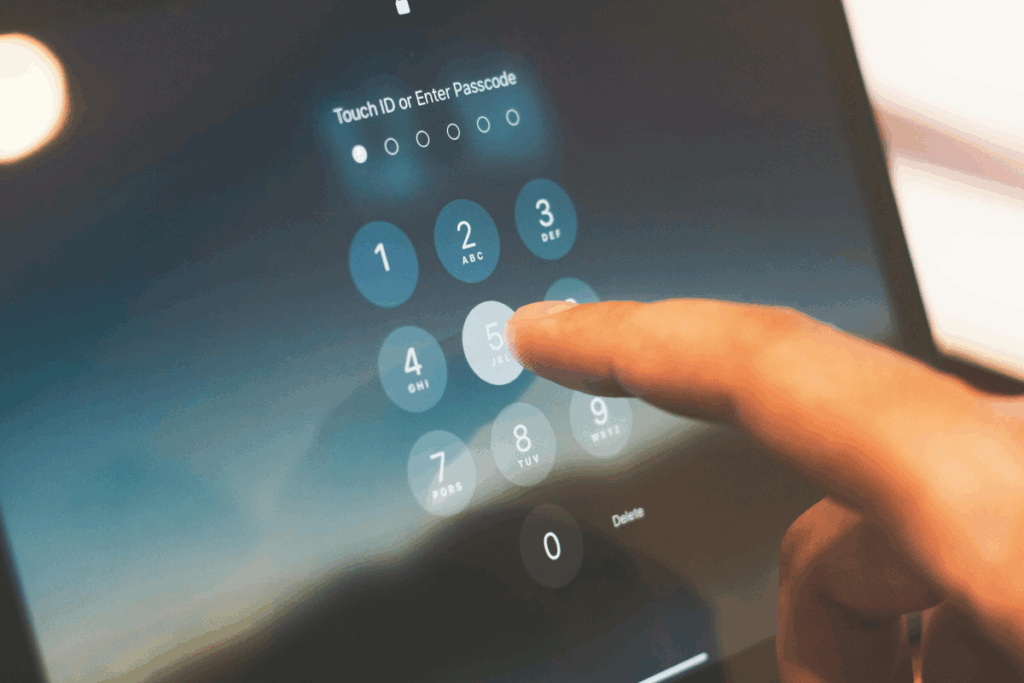Cybersecurity is not just an IT department issue. It’s a daily challenge for all agencies and firms that manage sensitive data, confidential projects… and multiple user accesses.
Yet, a password that is too old, shared among colleagues, or compromised without your knowledge, can turn a simple oversight into a gaping vulnerability.
Don’t want to wait for that to happen? Furious now gives you another tool to proactively address it.

Set a password renewal frequency
With this new feature, you can now enforce regular password changes for your users. A simple, yet remarkably effective way to reduce risks associated with inactive or poorly protected accesses.
The principle is simple: you define the maximum password validity period (e.g., 90 days), and Furious reminds the user when it expires. The result: more secure access, with continuous security.
Why it's a good practice... and not just a paranoid reflex
The tool is structured enough to secure your business, rock’n’roll enough to keep up with production, and smart enough to evolve with you.
Vincent Tenenbaum, Managing Director at Fidesio
Previously, in practice, we often saw:
- Passwords never changed since the day of onboarding.
- Accesses that are still active, even for former employees.
- Credentials reused across multiple internal tools (or even personal ones).
- Vulnerabilities exploited without anyone noticing.
Today, you take back control:
- Anticipate potential vulnerabilities
By enforcing regular renewal, you reduce the lifespan of exposed accesses. - Enhanced compliance
Some standards already require this rotation logic. You are ready, without a patchwork of in-house processes. - Simple, centralized control
You set the global frequency once. No need to micro-manage user by user. - Empowered users
Everyone is encouraged to create strong passwords and renew them regularly. That’s a good start. - Active security, not passive
Because a secure system is not static. It adapts, evolves… and protects you better.
Ready to move to more secure management of your accesses?
Enable password expiration in Furious now.
A small setting for you, a big step for your data security.
Need a hand setting it up? Request your personalized demo.
You may be asking yourself these questions?
01 is Password Expiration Enabled by Default?
No. You decide whether to enable this option from the general configuration settings. You retain control over the frequency and application of the rule.
02 Can We Freely Choose the Password Validity Period?
Yes. You can define the renewal frequency according to your own internal policies (e.g., every 90 days, every 6 months…). It’s up to you to determine what’s reasonable… without becoming paranoid.
03 What Happens if a User Doesn't Change Their Password on Time?
Furious automatically blocks it upon the next login. The user will be prompted to set a new password to proceed. No access is deleted, but security remains a priority.
04 Does this Rule also Apply to Administrators?
Yes, and that’s a good thing. Profiles with the most rights are also the most sensitive: enforcing regular renewal for all users (including admins) is a recommended good practice.
05 is it Compatible with SSO Authentication?
If you use a Single Sign-On (SSO) system, the password policy depends on your identity provider. But if you manage your accesses directly within Furious, the expiration option applies without issue.

